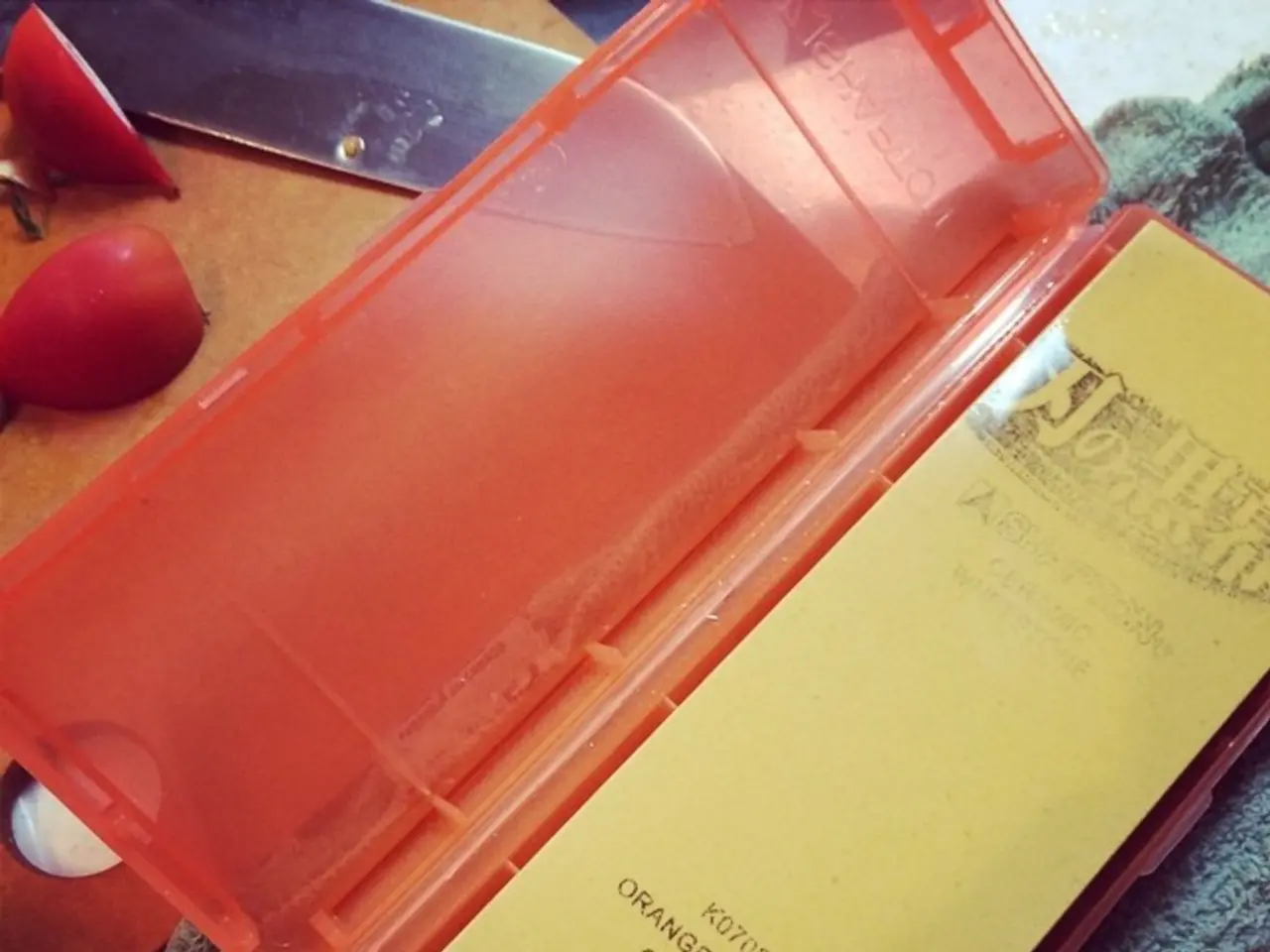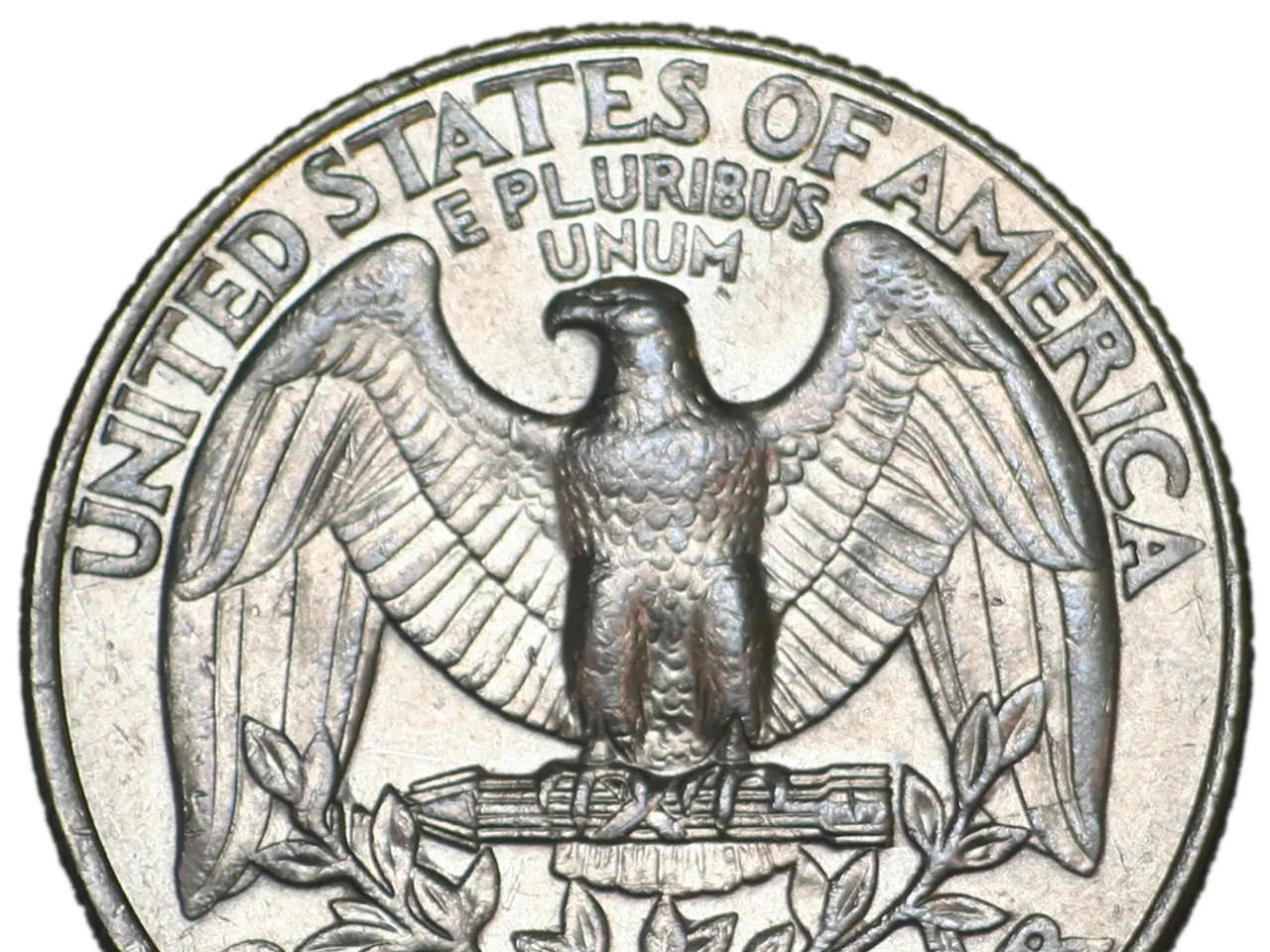Recycling Lithium Hydroxide from Reused Batteries, a Project Led by Syensqo and Cylib
The Aachen-based recycling company, "cylib", and the Belgian chemical group, Syensqo, have joined forces to develop a groundbreaking method for recovering lithium from used electric vehicle (EV) batteries. This technology aims to address the regulatory imperatives of the European Union, which requires at least 50 percent of lithium content to be recovered from battery waste by the end of 2027, increasing to at least 80 percent by the end of 2031.
The innovative method allows for the simultaneous processing of various cell chemistries, including NMC and LFP, on a single production line. This simplified process control is a result of the single production line processing multiple cell chemistries, leading to potential cost reductions in investment.
The technology developed by cylib and Syensqo is designed to produce lithium hydroxide as the end product. The recovered lithium hydroxide is of battery-grade quality, meeting the standards required by leading cathode material manufacturers. The partners have successfully extracted battery-grade lithium hydroxide from black mass on a pilot scale.
The specific extraction agent with high selectivity for lithium used in this process is CYANEX® 936P. This proprietary solvent extractant, co-developed by Syensqo and Tenova Advanced Technologies, is renowned for its exceptional lithium selectivity and is applied to process lithium-rich effluents derived from spent battery black mass.
The extraction agent is a key part of the integrated process that combines cylib’s hydrometallurgical methods with Syensqo's solvent extraction technology. This integration enables efficient lithium extraction followed by purification, conversion, and crystallization to produce battery-grade lithium hydroxide that meets or exceeds the purity standards of leading cathode active material manufacturers.
The purification and crystallization steps are part of the process to convert the recovered lithium to lithium hydroxide. The end product of the process meets the purity requirements of leading cathode material manufacturers, ensuring its suitability for use in the production of new batteries.
Syensqo developed an extraction agent for the process, characterized by its high selectivity for lithium. The extraction agent used in the process is specific to the recovery of lithium. This specificity is intended to ensure the efficient recovery of lithium and minimise the loss of other valuable materials during the recycling process.
The companies, cylib and Syensqo, have combined a hydrometallurgical process from cylib with solution extraction technology from Syensqo for the lithium recovery process. This collaboration is expected to reduce investment costs while delivering a high-quality, battery-grade lithium hydroxide product.
[1] Syensqo Press Release [2] Tenova Advanced Technologies Press Release [3] Cylib Press Release [4] Research Paper on CYANEX 936P
- The joint effort between cylib and Syensqo, initially aimed at recovering lithium from used electric vehicle batteries, also encompasses other areas of interest, such as the fusion of science and technology to address industry challenges in the environmental-science sector and finance.
- Aside from the focus on lithium recovery, the advanced technology developed by cylib and Syensqo could have far-reaching implications in various aspects, including finance, as the potential cost reductions in investment may attract more players to join the environmental-science sector, Contributing to the growth of the technology industry.




